Dr. Phil Zeltzman’s Blog
What is GOLPP (Geriatric Onset Laryngeal Paralysis Polyneuropathy)?
We used to believe that laryngeal paralysis was a standalone condition. Recent research shows that it’s a bit more complicated. Laryngeal paralysis is a disease of the nerves (poly-neuropathy) that can sometimes affect other body parts besides the larynx (voice box).
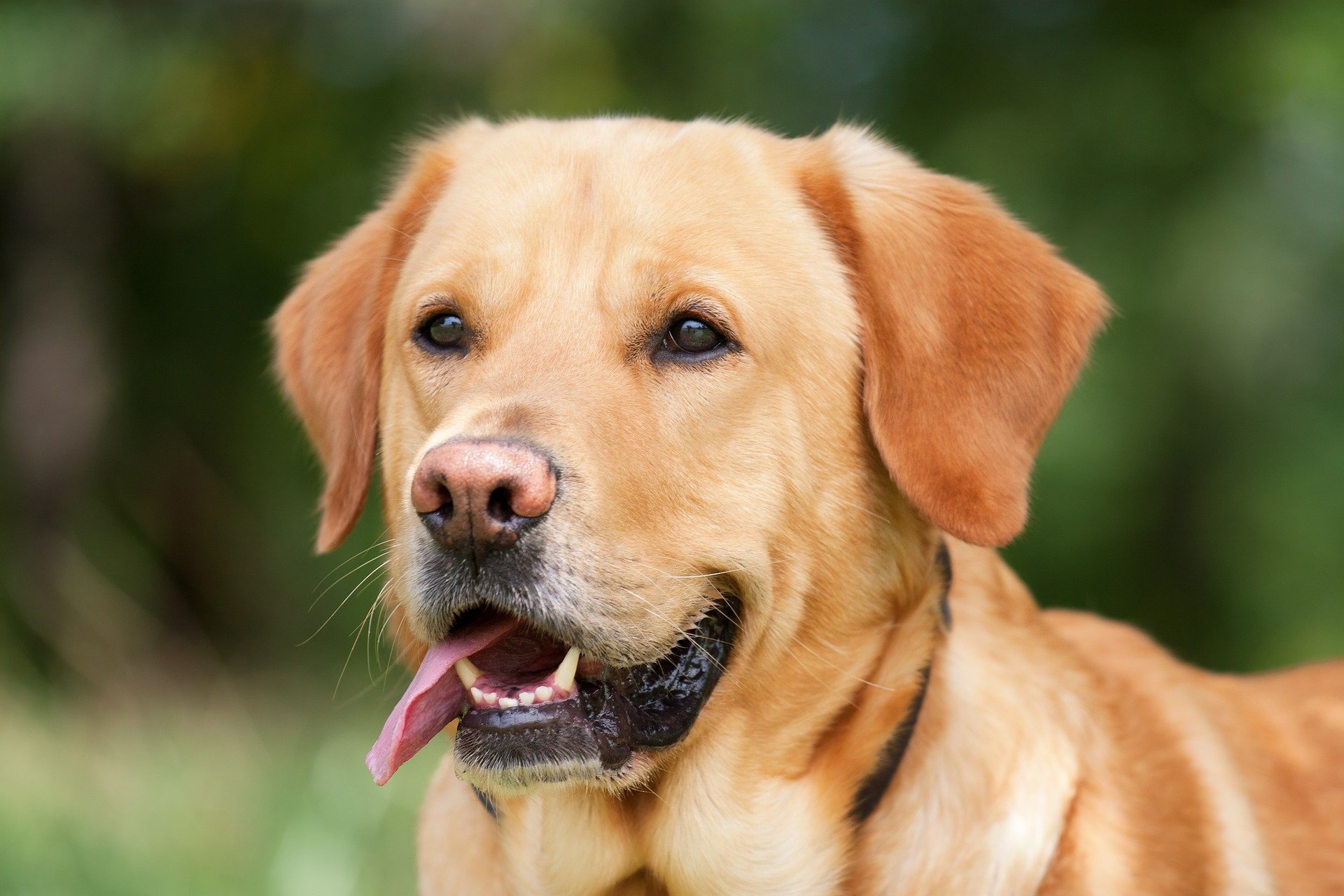
What is GOLPP?
To better describe this complicated disease, it was named Geriatric Onset Laryngeal Paralysis Polyneuropathy (GOLPP in short). GOLPP slowly gets worse over time. It affects dogs developing signs of upper airway obstruction or blockage.
It has been observed in older or geriatric dogs, particularly in Labrador retrievers and other large breed dogs. We now understand that there are 3 main parts to this disease.
* 1st condition: laryngeal paralysis
Affected dogs are most often brought into the hospital because of signs associated with laryngeal paralysis, because it’s the most obvious one and can be life-threatening. It causes dogs to have difficulty breathing, to the point that they can suffocate.
For more information on lar par, click here: Laryngeal paralysis is not a death sentence
* 2nd condition: mega-esophagus
Further questioning may reveal “spitting” up food, sometimes mistaken as vomiting (which is very active, ie lots of effort).
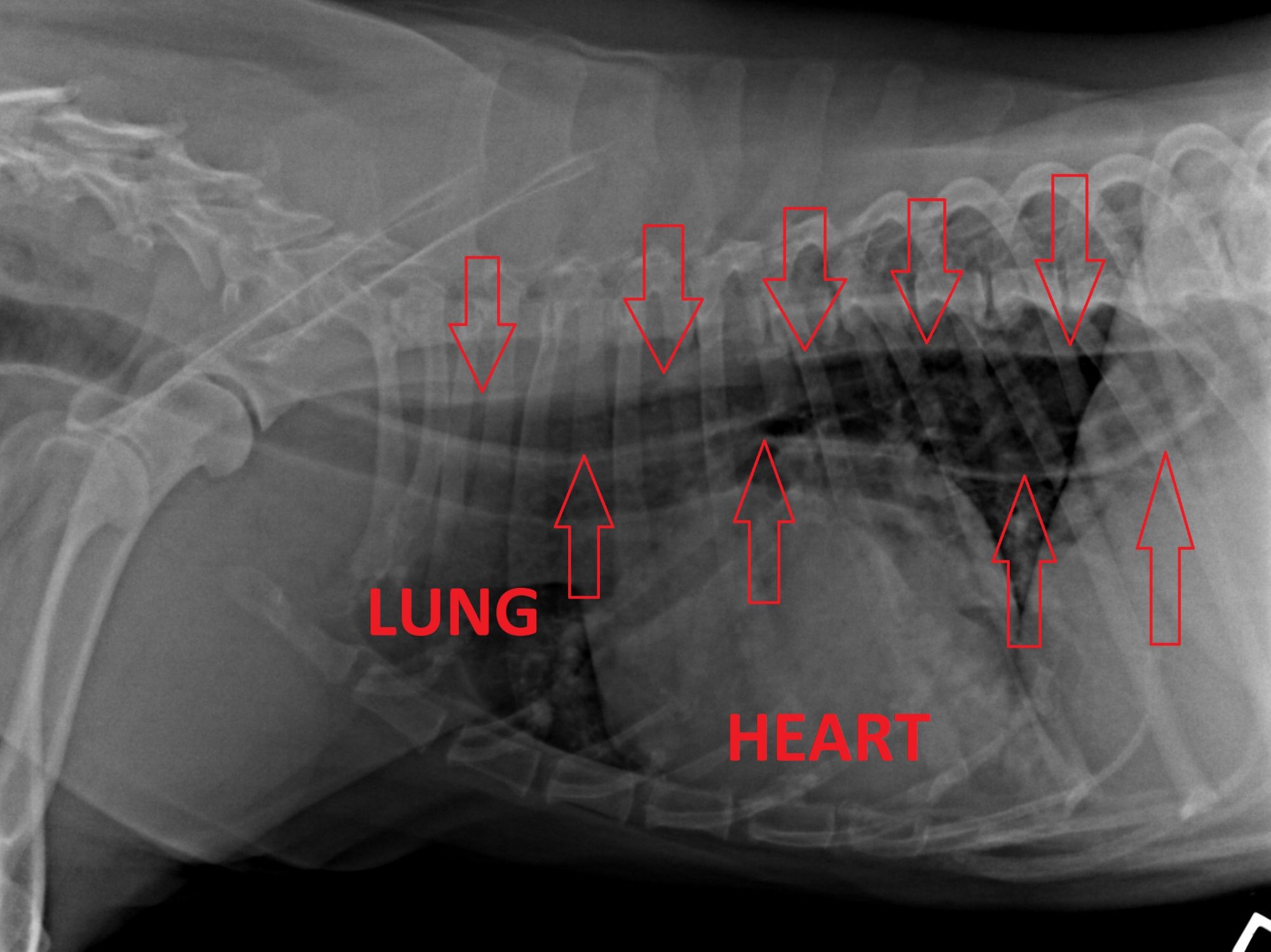
Because there is no effort involved, the condition is called regurgitation. It is due to a malfunction of the esophagus, which is the tube between the mouth and the stomach. It becomes extremely distended (mega-esophagus) and food simply piles up inside, instead of going down into the stomach. When the amount in the esophagus is too much, it’s expelled effortlessly via regurgitation.
This increases the risk of aspiration pneumonia since these dogs have trouble protecting their airways and lungs.
* 3rd condition: back leg weakness
In addition, some dogs develop weakness in their back legs. Sadly, it is often inaccurately blamed on arthritis or old age.
In reality, it really has to do with the same nerve condition. The legs are not well coordinated, and the muscles get weaker over time.
Which breeds are affected by GOLPP?
Most of the research has been done in Labradors. We know for a fact that Labs can get GOLPP. Some authors say that they all get it eventually. I think that it’s a bit more nuanced than that. I don’t think they all get it.
The condition has also been diagnosed in other purebreds and mixed breeds, but there isn’t as much research about them.
What is the treatment of GOLPP?
There is no cure for GOLPP, but there are ways to help each one of its components.
The gold standard to treat laryngeal paralysis is surgery (called a tie back). In good hands, i.e. typically those of an experienced board-certified surgeon, it provides good results as it allows the patient to breathe and function. Despite possible complications, surgery dramatically increases both lifespan and quality of life.
There is no treatment for megaesophagus per se. The dog needs to be fed soft to liquid food, then remain upright for 15 minutes after each meal.
Dogs with weak back legs benefit from slow leash walks and physical therapy to strengthen the muscles.
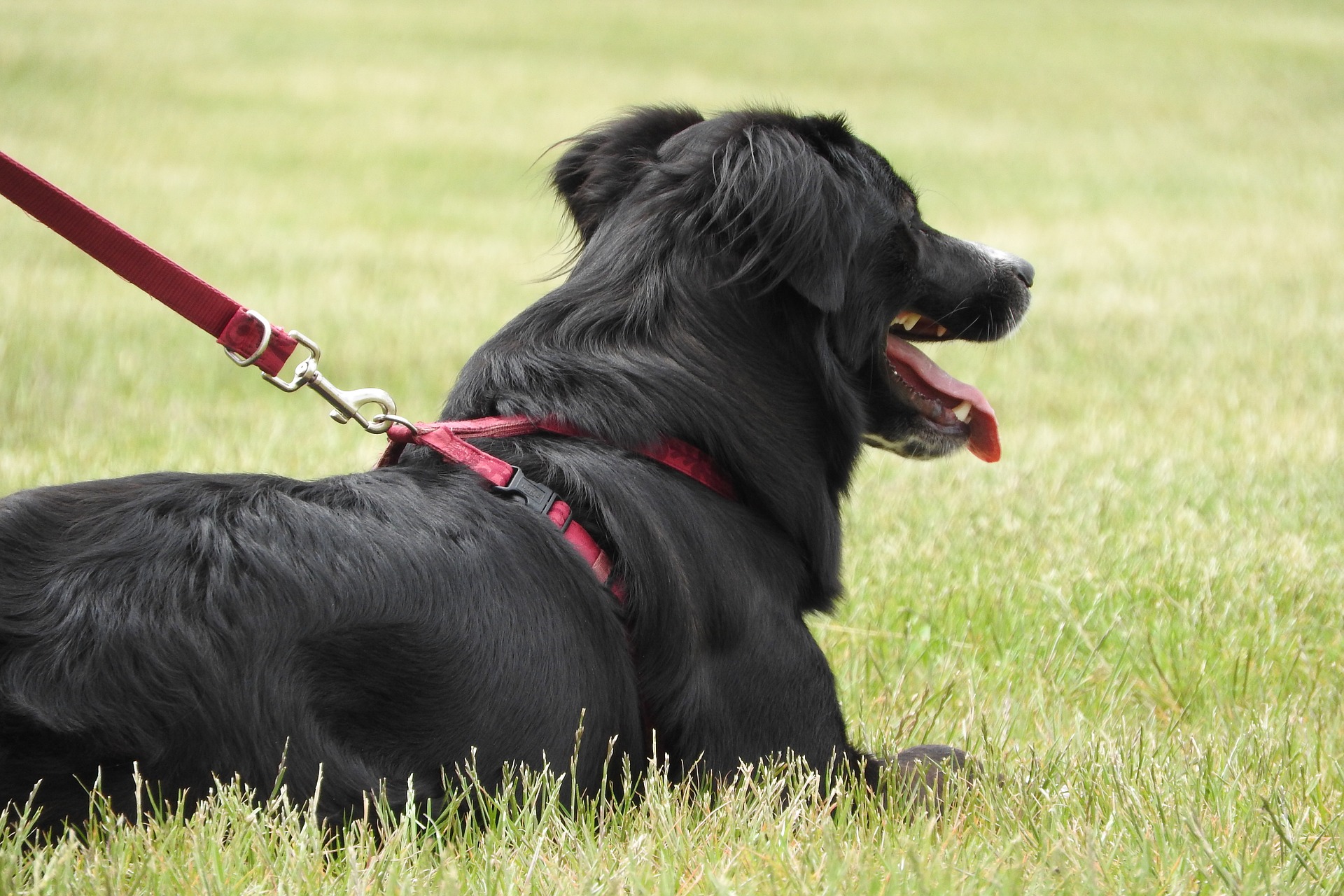
What should you do if your dog has GOLPP?
As a surgeon who deals with laryngeal paralysis & GOLPP frequently, this is what I tell my clients. Other surgeons may disagree, so please understand this is my personal & professional opinion, based on years of experience.
The best way to help a dog with laryngeal paralysis is surgery (a tie back). Suffocating is a horrifying way to live. Of the 3 different components of GOLPP, lar par is the one that affects quality of life the most, and the only one we can “fix.”
So my (again, personal) philosophy is: fix what can be fixed, and be ready to deal with what cannot be fixed (megaesophagus and weakness). It’s not for everybody. It requires serious love and dedication.
If the dog has megaesophagus at the time of the diagnosis, it still may not preclude performing surgery. It definitely increases the risk of aspiration pneumonia, but several of my most dedicated clients have helped their dogs successfully.
If the dog has a weak backend, at least this part is not life-threatening in the short term. With proper exercise and physical therapy, we can still help these dogs. And chances are, once a weak dog finally gets more oxygen, (s)he might get stronger after a tie back.
Ultimately, by putting together the right treatment plan and the right team, which includes a very loving and dedicated pet owner, affected dogs can maintain a good quality of life.
Phil Zeltzman, DVM, DACVS, CVJ, Fear Free Certified

Dr. Phil Zeltzman is a traveling veterinary surgeon in Pennsylvania & New Jersey. An award-winning author, he loves to share his adventures in practice along with information about vet medicine and surgery that can really help your pets. Dr. Zeltzman specializes in orthopedic, neurologic, cancer, and soft tissue surgeries for dogs, cats, and small exotics. By working with local family vets, he offers the best surgical care, safest anesthesia, and utmost pain management to all his patients. Sign up to get an email when he updates his blog, and follow him on Facebook, too!
What causes bloat?
“Bloat” is also called many different things: twisted stomach, Gastric Dilatation Volvulus (GDV), gastric torsion, stomach torsion etc.
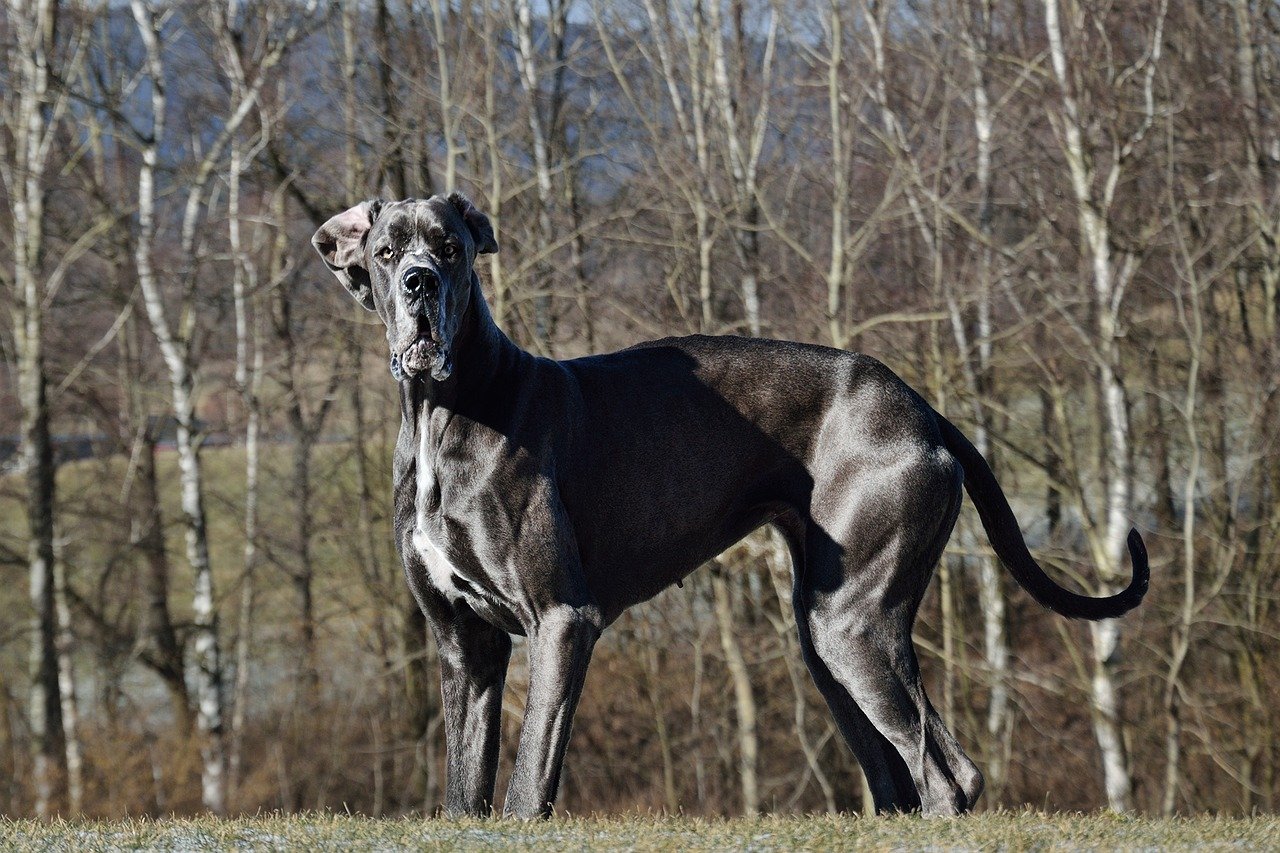
Side note: it’s unfortunate that we (vets and dog owners) have gotten used to calling it bloat. After all, bloating is not a big deal in people. Yet “bloat” can kill a dog in a matter of hours.

Vets sometimes tell pet owners that we don’t really know what causes GDV, and therefore we don’t know how to prevent it. However, that is not exactly accurate…
Here is a summary of the main known causes.
1. Breed
Large and giant dog breeds are at risk for GDV, including Great Danes (the #1 breed), German shepherds, Weimaraners, St. Bernards, Dobemans and Old English sheepdogs. These breeds are roughly 25% more likely to get GDV than others.
A few smaller breeds, such as basset hounds, boxers, and standard poodles can also be prone to GDV.
2. Conformation
Conformation has to do with the shape of a dog.
Dog breeds called “deep-chested,” have a tall chest and a skinny belly. Think of a Great Dane. A deep chest, combined with stretching of ligaments that attach to the stomach, increases the chance of stomach torsion.
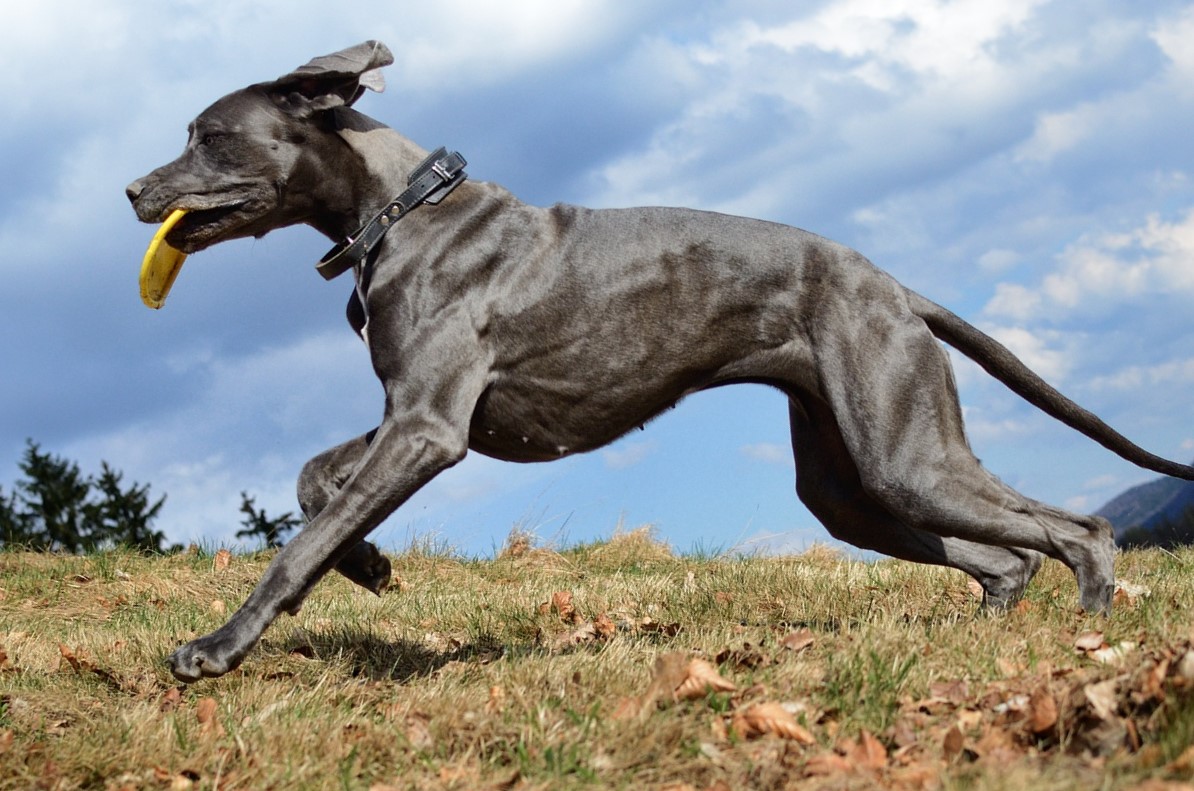
3. Genetics
Dogs with a first-degree relative who had GDV are at greater risk of getting
it themselves. This chance increases by 20% with each additional year. These factors confirm that GDV is a partially genetic disease and dogs at risk should be spayed or neutered.
In addition, better selection should be taken seriously by breeders.
4. Stress
Stressful situations can also contribute to a twisted stomach. Boarding, thunderstorms, moving, vet visits and hospitalization are all potential triggers for nervous dogs.
One study showed that having a high-stress environment or being fearful contributed to GDV compared to similar dogs who were in a non-stressful environment.
5. Feeding
Eating fast, and how often dogs are fed, have been shown to increase the risk of stomach torsion.
Therefore, if your dog eats fast, it’s important to find ways to slow it down. There are special bowls made for that purpose.
In addition, dogs fed once per day are more likely to have GDV, compared to dogs who are fed 3 times daily. Several small meals throughout the day are better for dogs at risk.
6. Food
Believe it or not, studies have shown that moistening dry dog food before feeding actually increases the risk of GDV in large-breed dogs.
Ironically, feeding a dry-only diet has also been shown to increase risk.
So what’s a concerned dog owner to do?
Recommendations have been made to help prevent a first episode by avoiding exclusively dry, expanded, cereal-based, or soy protein-based commercial dog foods.
Feeding a combination of dry and canned food together may be a way to lower the chances of GDV. I insist: “may be a way.” There are no guarantees here, only ways to try to lower the chances.
Also, foods with fat listed among the main 4 ingredients have been shown to increase the risk of GDV. So please look at the list of ingredients on your dog food.
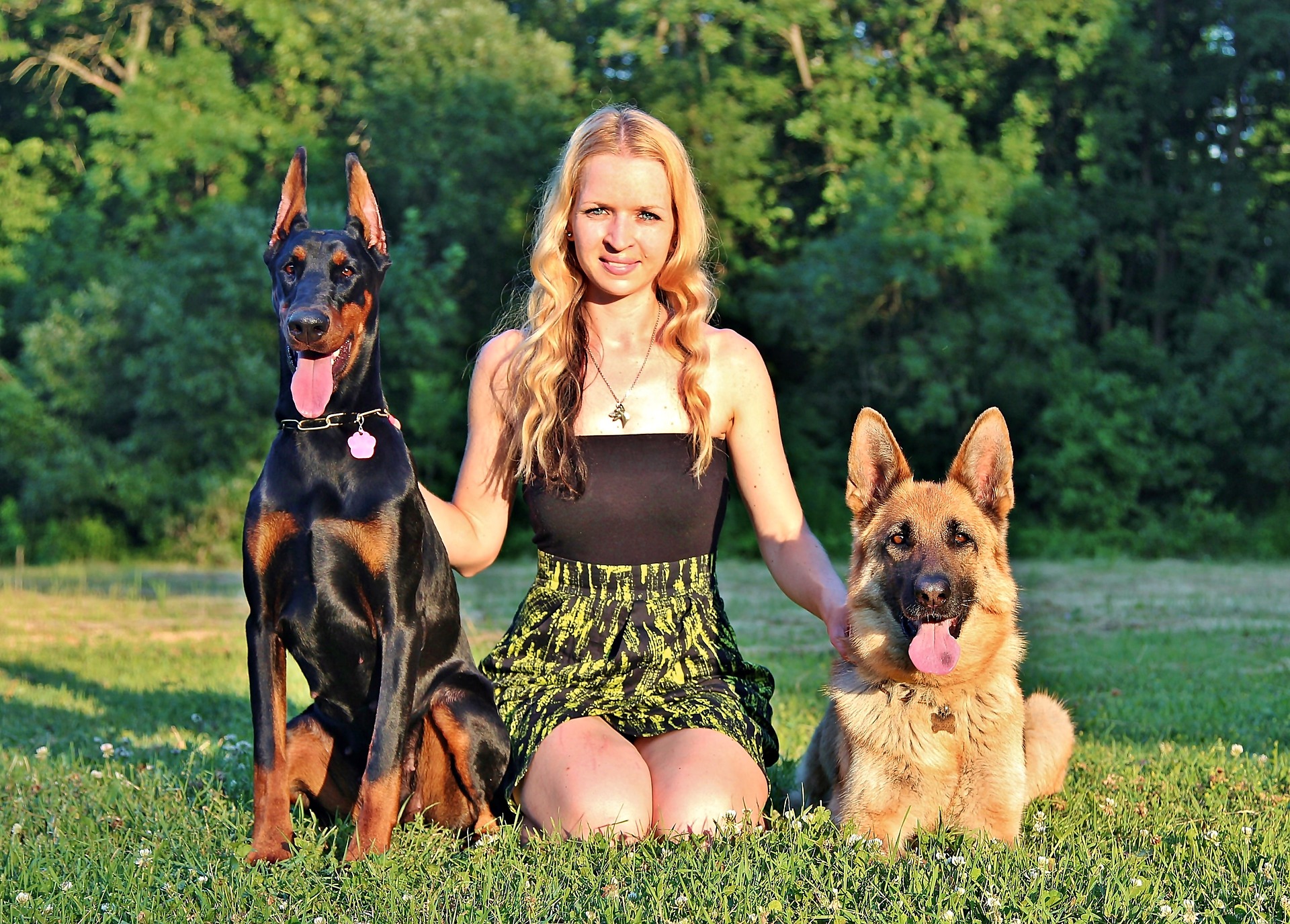
7. Water
It is recommended to avoid drinking large amounts of water before and after exercise.
Ironically, too little water before and during meals may increase the chance of a dog suffering from GDV! A recurring “hot story” about ice water causing GDV regularly shows up online and appears to be a complete hoax.
8. Exercise
A fairly classic recommendation to reduce the risk of stomach torsion is to avoid heavy exercise 1 hour before and 2 hours after eating a meal. The idea is that it’s easier for a stomach to twist when it’s full compared to when it’s (partially) empty.
9. Age
Even though I always say, “age is not a disease,” age can play a role in a dog’s risk for stomach torsion.
In Great Danes specifically, age is a very important risk factor for GDV.
One of the reasons may be the stretched ligaments, over time, as mentioned above.
10. Other risk factors
There are countless other risk factors that are unproven, controversial, or contradicting.
. For example, some studies show that a raised bowl is better to decrease aerophagia (aka swallowing air), while others imply a bowl on the floor is ideal.
. The at-risk gender varies from study to study.
. The month, the cycle of the moon, and a previous spleen removal are also fuzzy risk factors.
- Gastropexy
This last point is not a risk factor – on the opposite, but it’s important to mention here.
A gastropexy, or tacking the stomach to the inside of the belly, is a simple surgery that can prevent twisting of the stomach. In good hands, it’s successful over 95% of the time.
Importantly, it prevents twisting of the stomach, not true “bloating” – aka the stomach getting full of air – we don’t know how to prevent that and it remains a risk for life.

The gastropexy or “pexy” in short is part of the surgery to treat GDV. But it can also be done preventively, or prophylactically. So it’s called a prophylactic gastropexy.
For example, Great Danes have a 40 % chance of having GDV in their lifetime. Ideally, this life-saving surgery should be performed at the time of the dog’s spay or neuter – or as soon as possible after that. Of course, it’s never too late to prophylactically pexy a dog… until they have an episode of GDV.
Please beware, the next picture of a gastropexy can seem graphic to some readers.

I have helped a number of pet owners perform gastropexies over the years. Some were wise to do it before GDV happens in their at-risk dog. Some learned the hard way (i.e. their dog got a twisted stomach, and that’s how they learned about the pexy option).
Either way, it can be done as a “stand alone” surgery, or at the time of a spay or neuter.
To recap, we know a lot about the risk factors of GDV. Be aware of them, and prevent those you can control. You could very well save your dog’s life.
Phil Zeltzman, DVM, DACVS, CVJ, Fear Free Certified

Dr. Phil Zeltzman is a traveling veterinary surgeon in Pennsylvania & New Jersey. An award-winning author, he loves to share his adventures in practice along with information about vet medicine and surgery that can really help your pets. Dr. Zeltzman specializes in orthopedic, neurologic, cancer, and soft tissue surgeries for dogs, cats, and small exotics. By working with local family vets, he offers the best surgical care, safest anesthesia, and utmost pain management to all his patients. Sign up to get an email when he updates his blog, and follow him on Facebook, too!
4 things you should never say or hear about lumps
Removing skin masses is one of my most common surgeries.
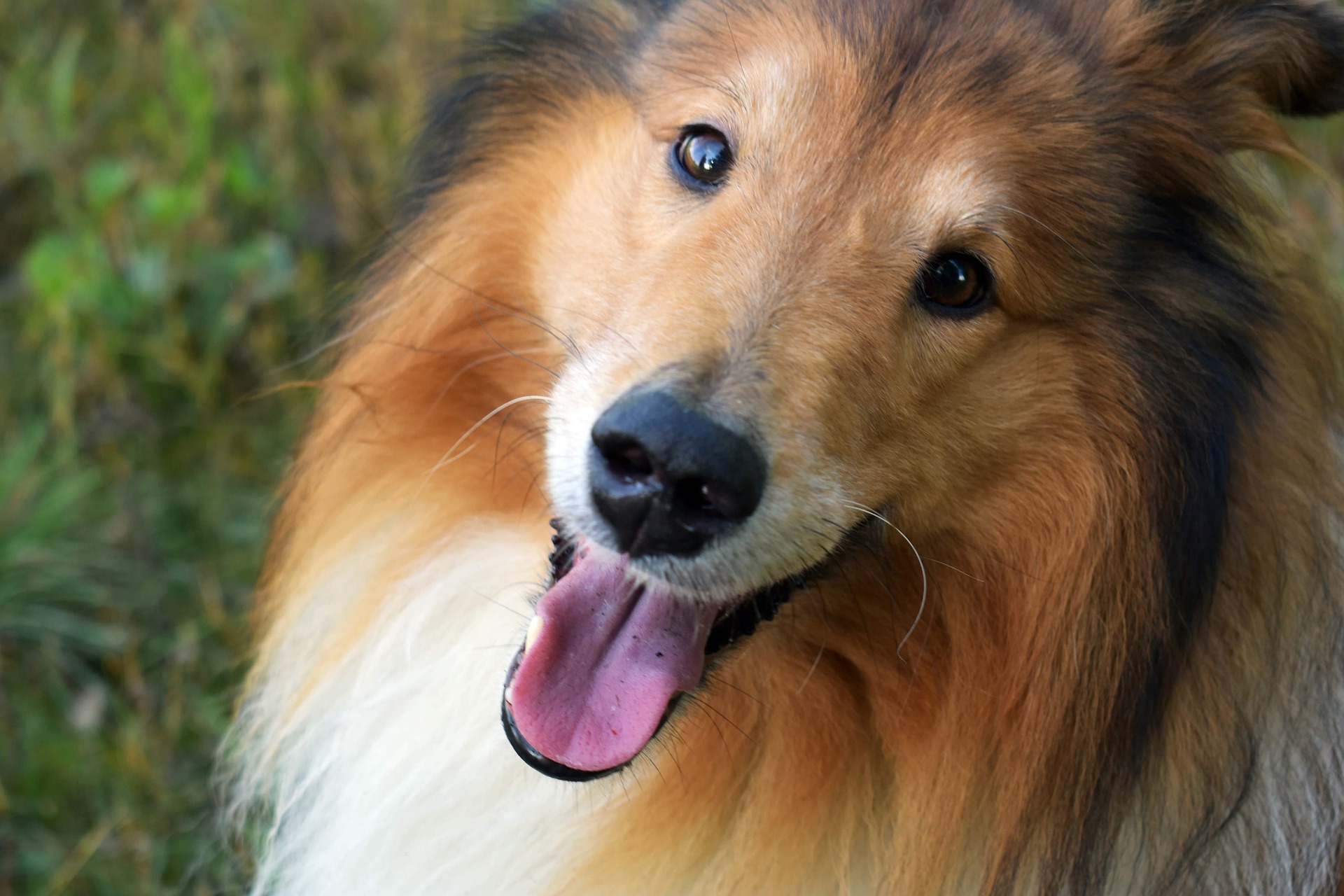
Some skin masses are small. Some are in difficult locations, making the surgery tricky. Some are gigantic. Many were claimed to be “impossible to remove” – yet we still removed them. Some were supposed to be cancerous – and were benign. Some were supposed to be benign – and were cancerous. Yet others were indeed impossible to remove and required leg amputation.
What’s a pet lover to do? What is the right thing to do?
The problem with small skin masses is that they can be very misleading. I have come across multiple tiny masses, sometimes the size of a grain of rice, that were aggressive cancers.
Here is an example of a 1/3 inch mass, barely visible, hard to feel, under a cat’s fur. By some miracle, his owner found the mass and wisely decided to have it removed.
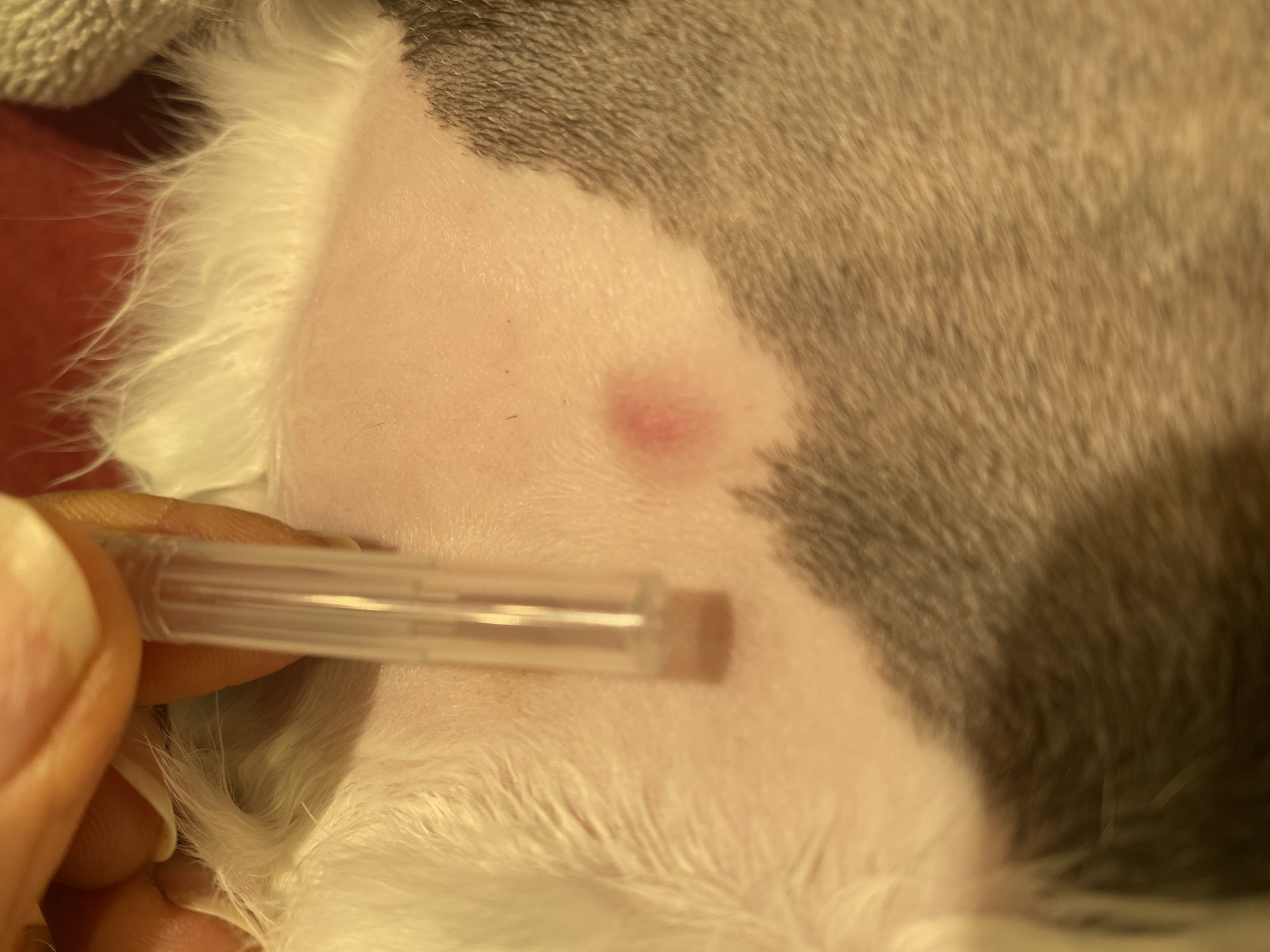
The biopsy revealed a fibrosarcoma, which is a notoriously aggressive cancer in cats.
Here are the 4 things you should never say or hear about lumps:
. “Just watch it.”
. “Keep an eye on it.”
. “It’s just a cyst.”
. “It’s just a fatty tumor.”
“Just watching” a mass grow bigger and bigger, or “keeping an eye” on a mass that keeps getting larger and larger, is exactly how we end up with masses the size of pumpkins.
By then, surgery is much more invasive, anesthesia is much longer, and the fees are much higher.
The “cyst” myth is just as unfortunate. A cyst is an actual diagnosis. It’s typically a benign mass that is usually filled with fluid. There are different types of cysts: follicular or epidermoid cysts, sebaceous cysts, dermoid cysts etc.
But the vast majority of so-called “cysts” I remove are not cysts. It was an assumption by the pet owner. “Cyst” is often used instead of “mass” or “tumor,” and it’s misleading at best.
“It’s just a fatty tumor” is something else I hear all the time. If someone tells you that, you should have a reasonable degree of doubt. NOBODY can assure you with 100% certainty that they know the diagnosis of a mass with further testing.
Why? Because I have never met anybody with microscopic vision.
You can only say what a mass is after testing it.
Case in point: a mast cell tumor is a very common skin tumor. It is nicknamed “the great imitator” because it can feel like anything – including a benign fatty tumor. As you can imagine, mistaking a benign tumor for a cancerous one can lead to really frustrating situations.
| 2 tests for skin masses: There are 2 ways to test a mass. 1. A needle test: During a needle test or Fine Needle Aspirate (or FNA), a needle is placed in the mass. Some cells are taken out and placed on a glass slide. It is then read under the microscope. It can either be read “in house,” meaning by your vet, or ideally it is sent out to a pathologist, who reads the cytology (ie the study of cells). My personal impression is that although cytology is cheaper and faster (a few days), it can provide misleading results. 2. A biopsy: A biopsy is a way to take a sample of the mass, ie some actual tissue, and not just cells. Being able to study the cells’ architecture, organization and relationship provides completely different information and a much safer diagnosis. The biopsy is always sent to a pathologist, who reads the histo-pathology (ie the study of abnormal tissue). My personal impression is that although a biopsy cytology is more expensive and take longer to read (7-10 days), it provides the most reliable results. |
So what’s a loving pet owner to do?
At a minimum, skin masses should get tested via a needle test. Occasionally, they should be biopsied before surgery. Ideally, they should be removed and biopsied. Admittedly, it can get expensive since some dogs seem to be covered in masses, sometimes benign fatty masses. That’s where pet insurance is so helpful.
Here is an example of a giant mass in a Lab, whose owner was told to “just watch it” because it was tested as a benign fatty tumor.
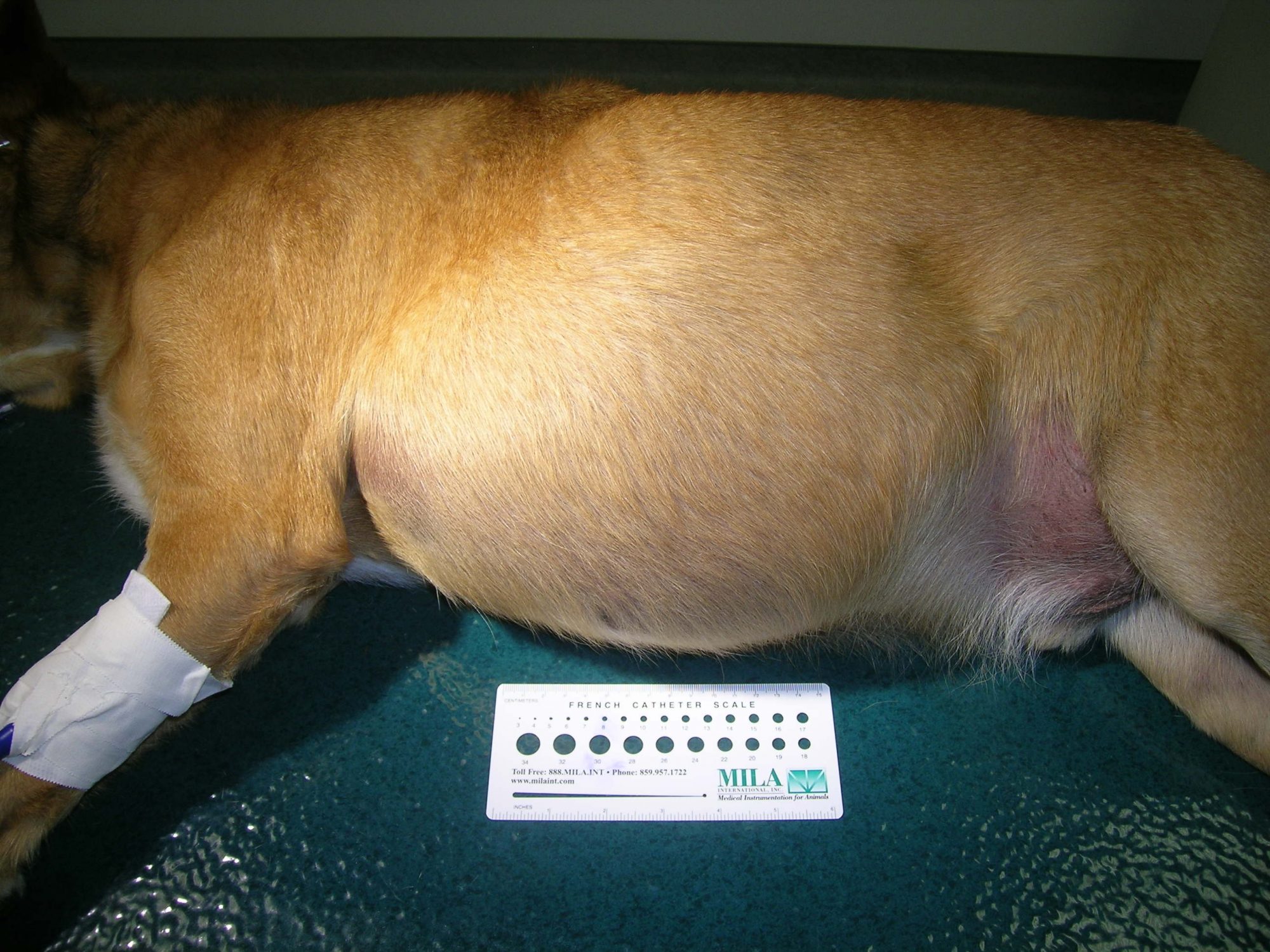
So why bother if a mass is benign?
Benign doesn’t mean you should ignore it.
I have removed benign masses that were the size of a tennis ball, or a grapefruit, that prevented the patient from walking normally. I have removed benign masses that required leg amputation. And I have removed benign masses that were the size of a pumpkin that caused pain (by stretching the skin) and made the patients lose their balance.
If you find yourself in a situation where your vet seems to be brushing something off that genuinely concerns you, you have the right to seek a second opinion and I would encourage you to do so.
Bottom line: waiting is rarely a wise option.
Phil Zeltzman, DVM, DACVS, CVJ, Fear Free Certified

Dr. Phil Zeltzman is a traveling veterinary surgeon in Pennsylvania & New Jersey. An award-winning author, he loves to share his adventures in practice along with information about vet medicine and surgery that can really help your pets. Dr. Zeltzman specializes in orthopedic, neurologic, cancer, and soft tissue surgeries for dogs, cats, and small exotics. By working with local family vets, he offers the best surgical care, safest anesthesia, and utmost pain management to all his patients. Sign up to get an email when he updates his blog, and follow him on Facebook, too!
Nino’s open chest surgery reveals a shocking finding
Nino, a sweet 11 year old pit bull, had recently developed a cough.
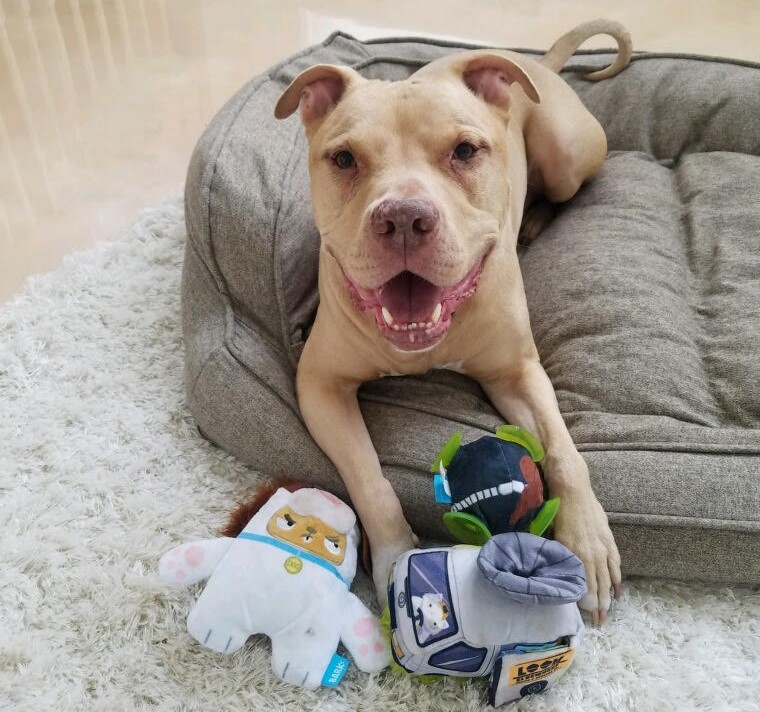
Initially, he was coughing from time to time. Then the coughing became more frequent. His owner took him in to see his family vet. Chest X-rays revealed a shocking finding. Nino had a mass in his left lung. Statistically speaking, this was very likely to be cancer.
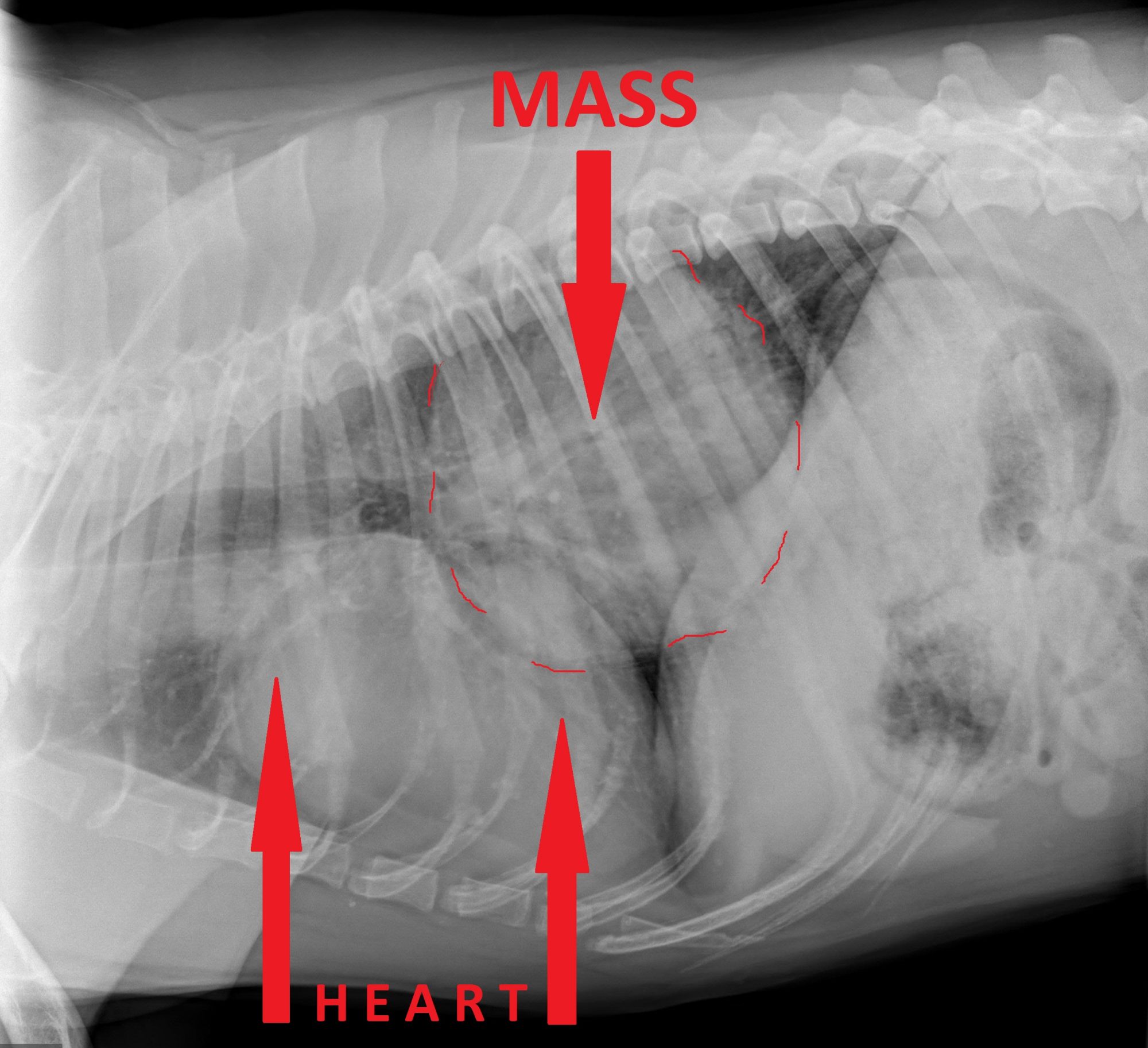
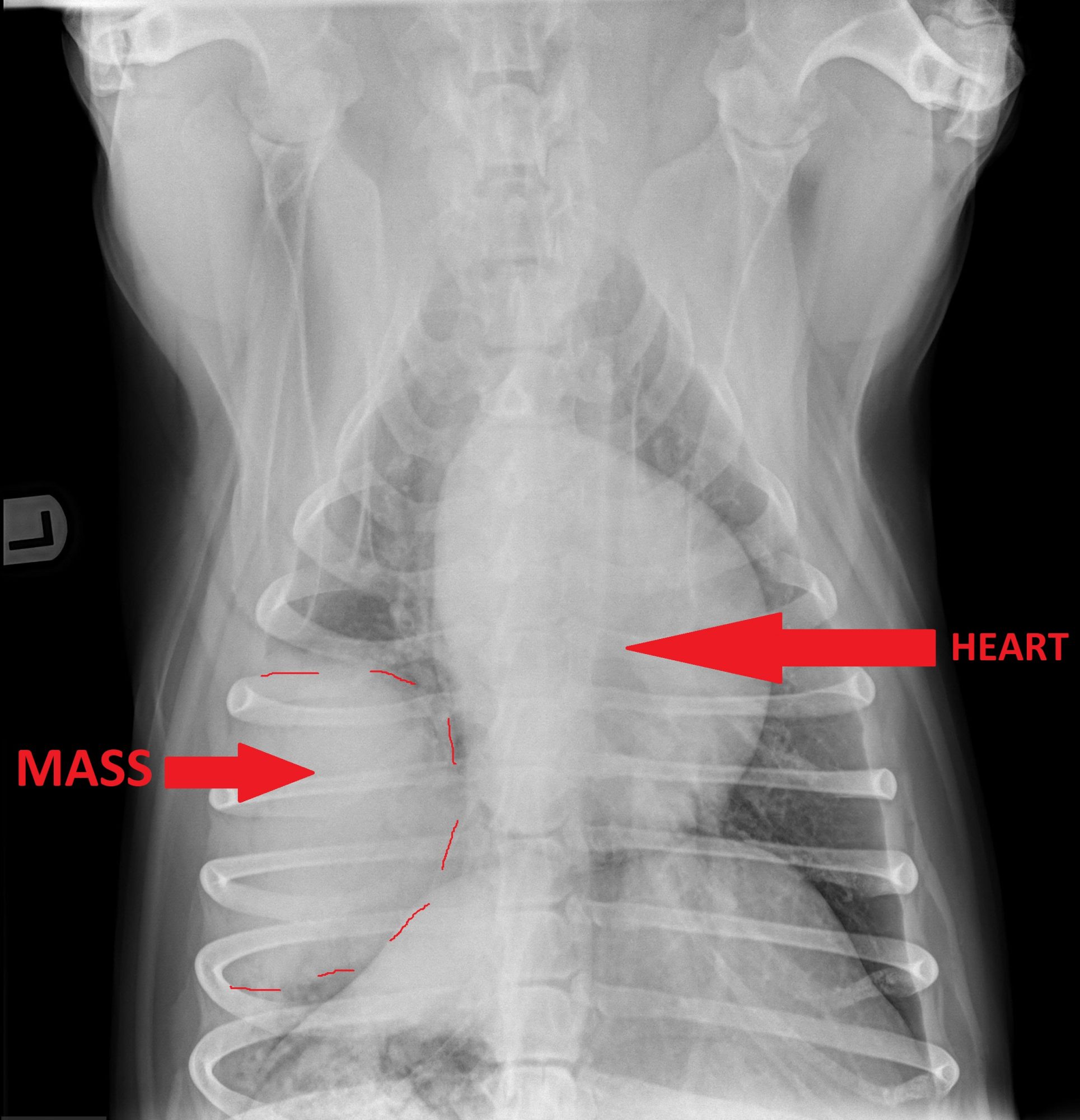
The X-rays above show the heart and the mass (with a broken line around it to show it better).
Nino’s owner says: “We were in disbelief and shock. He has always been a very active dog.”
The vet recommended an ultrasound of the chest to collect more information regarding the mass. According to the ultrasound, it measured about 8 by 9 cm (3 by 4 inches), so roughly about the size of your fist.
The client continues: “We immediately left in search of a surgeon’s opinion as we knew this would be a dangerous and heavy procedure.”
“By searching for recommended pet surgeons in Pennsylvania, we found your name and website, along with previous stories and reviews.”
Nino’s owner reached out to me to discuss surgery (lung lobectomy). Could this mass be removed?
Nino’s owner said: “After several consultations with you, we were hopeful but never more terrified. The level of risk explained was almost too much to handle for any loving pet parent. There was no choice other than to perform the surgery. You get a small sense of hope when you know you’re doing the only thing possible to help him. But the doom and gloom prevail. We dreaded the surgery date until it finally came.”
We worked quickly to get Nino’s surgery on our schedule.
FAIR WARNING: THE FOLLOWING PICTURES ARE GRAPHIC.
Once we got into surgery, there was one tiny little problem: the mass was much larger than the ultrasound suggested!
It was about 15 cm (or 6 inches) in diameter, or about the size of a large grapefruit!
REMINDER: THE FOLLOWING PICTURES ARE NOT FOR THE FAINT OF HEART.
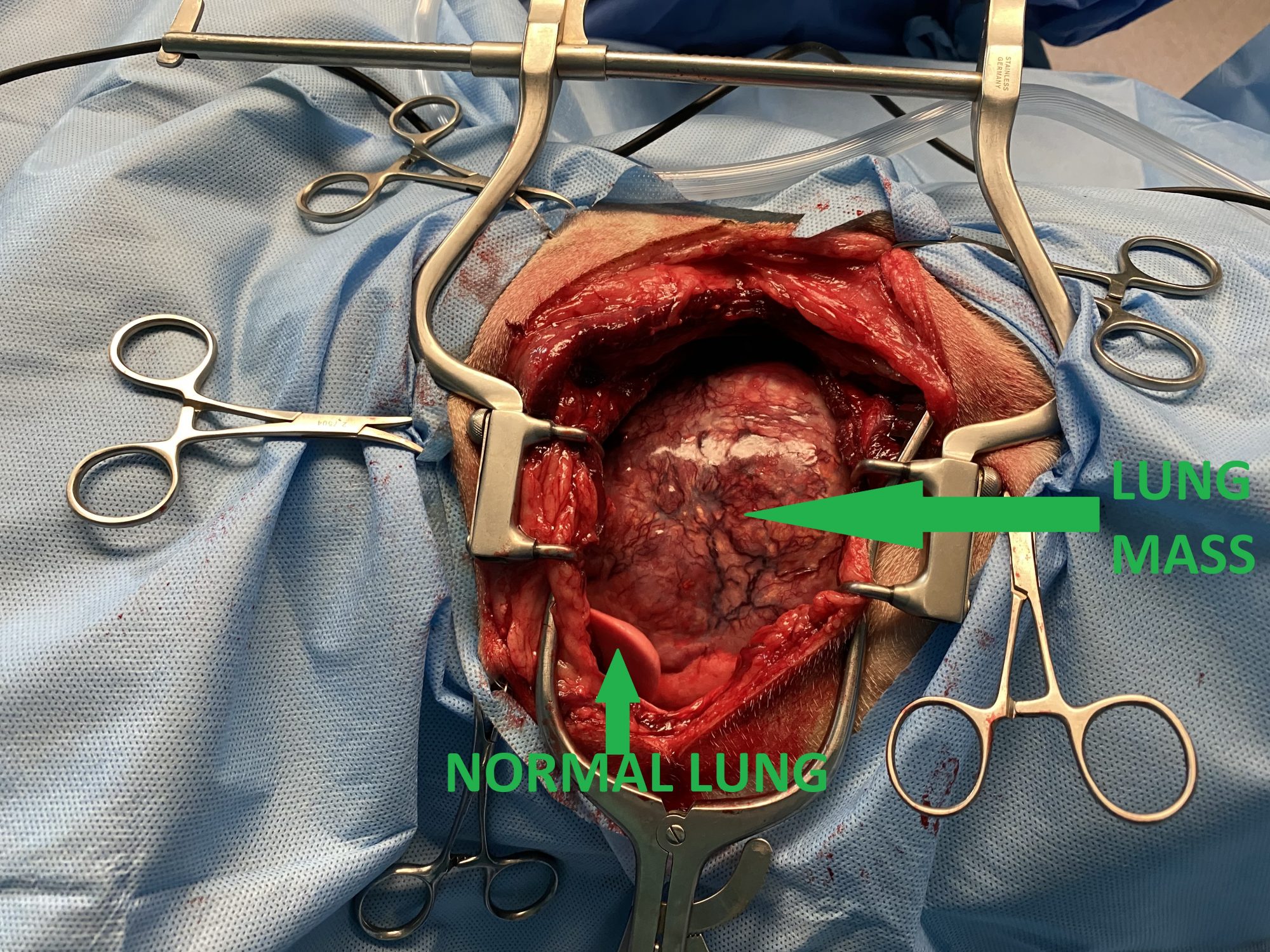
Nino’s owner and I had made a deal before surgery. If anything was different from what we thought, or if the risk was higher than expected, I would call him to brainstorm.
Of course, I kept my promise. We talked in the middle of the open-chest surgery to discuss my findings. I said I was 90% sure I could remove the mass safely. The owner was committed to doing what was best for Nino, so he gave the OK to continue on with surgery.
We went back to surgery. I will spare my sensitive readers of the details of the surgery, obviously it was somewhat delicate…
Meanwhile, the emotional roller coaster goes on: “Once we got your call that we could have a successful outcome with a 90% “belief,” we were extremely excited. A huge weight felt like it was lifted, even though the hard work hadn’t started yet. We continued to do nothing but pray and try to be positive through what will always be one the worst times of our lives yet.”
In order to remove the entire mass, it appeared that we would have to sacrifice the entire left lung, not just the one lobe as planned (removing a whole lung is called a pneumonectomy). In the end, the tumor was removed – safely. Pfew! Mission accomplished.
(Quick crash course in anatomy if this makes no sense. We have 2 lungs, left and right. Each one is made of several parts or “lung lobes”. So instead of removing just the lobe with the mass, we removed all lobes on the left, i.e. the entire left lung. The right lung of course stayed in place.)
FINAL WARNING: THE NEXT PICTURE IS VERY GRAPHIC !!!
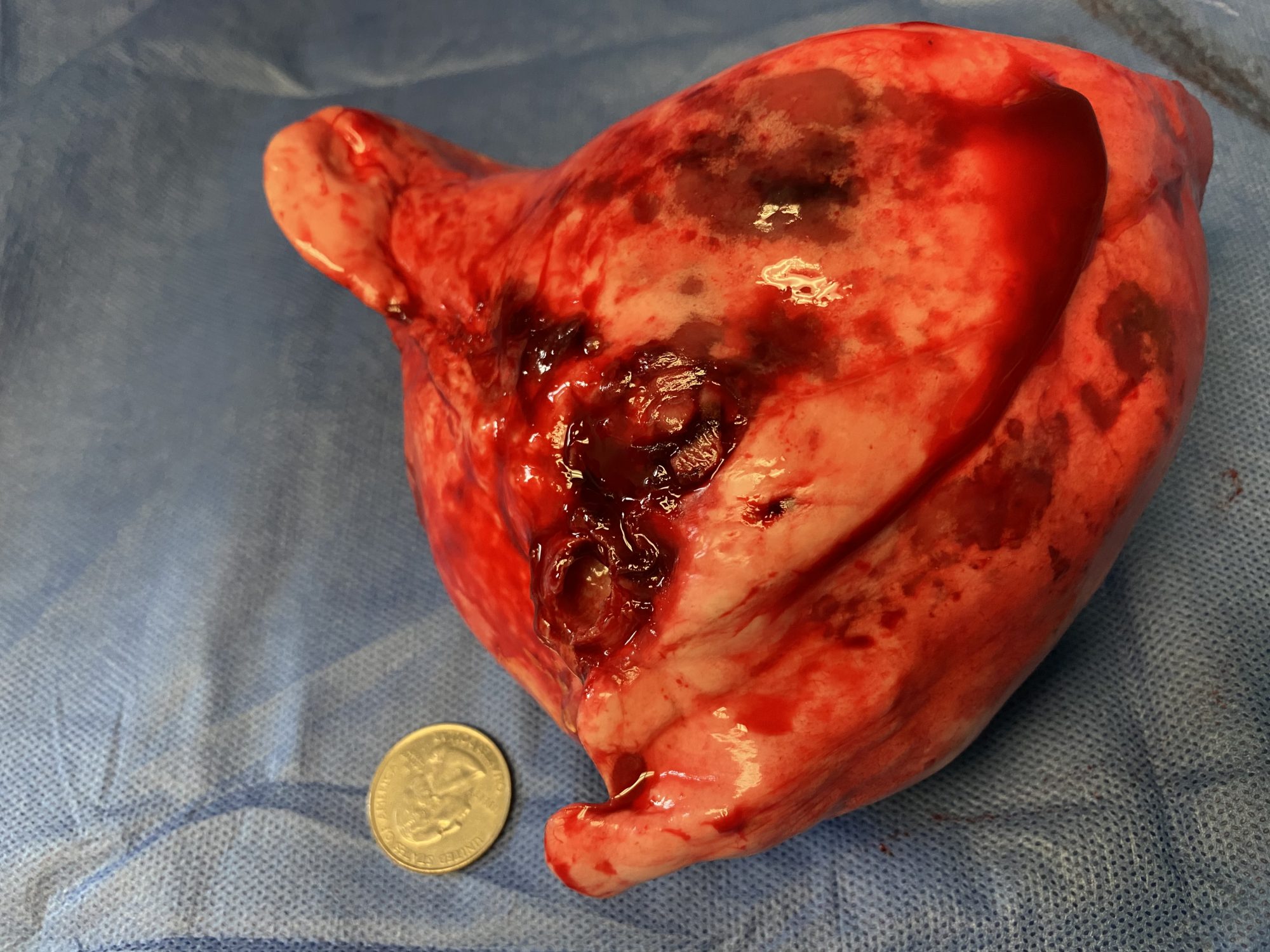
Once the left lung was removed, we needed a way to remove air and fluid from that side of the chest. This is done with a device called a chest tube. It usually only stays in place for a few days after surgery, and can be removed once there is no more air and not too much fluid left.
Nino recovered from surgery and anesthesia smoothly.
That’s when I called the owner again to confirm that surgery was over and Nino was safe – for now.
He later commented: “The news that the mass was removed and he was in recovery was simply a miracle. Nothing else compares to that feeling. Never been more thankful in my life.”
Nino was transferred to the local emergency clinic for overnight care, so the nurses could monitor Nino’s comfort and breathing, and take care of the chest tube.
Nino did so well overnight, that the chest tube was removed the very next day. He was discharged shortly after that. He recovered uneventfully at home.
The next day, his owner sent this amazing update: “He’s been resting and taking all medications without issue. We’ve had no whining/crying at all, and his appetite is great.”
In addition: “Nino has not coughed once. He hasn’t moved much either, but he used to cough just sitting there. So that’s great!
We love having him back home. Nothing is better. And we were so glad to get him back sooner than expected.
His breathing also seems to be much smoother and normal paced.”
About a week later, the biopsy results came back and confirmed the suspicion of lung cancer (pulmonary carcinoma).
Two weeks after surgery, another great update: “Nino is still doing great. He is eating, drinking and relieving himself regularly with no issue. (…)
He has more energy and strength than expected, so our biggest battle lately is keeping him from running or playing.
His breathing seems to be slower and more controlled than it was before his surgery and he seems more comfortable in general. We have had a couple random coughs but nothing alarming.”
In case you’re wondering: dogs, like people, can live with only one lung. Nino may not be able to run a marathon, but this amazing 11 year old trooper should be able to live a happy, comfortable life as a family pet.
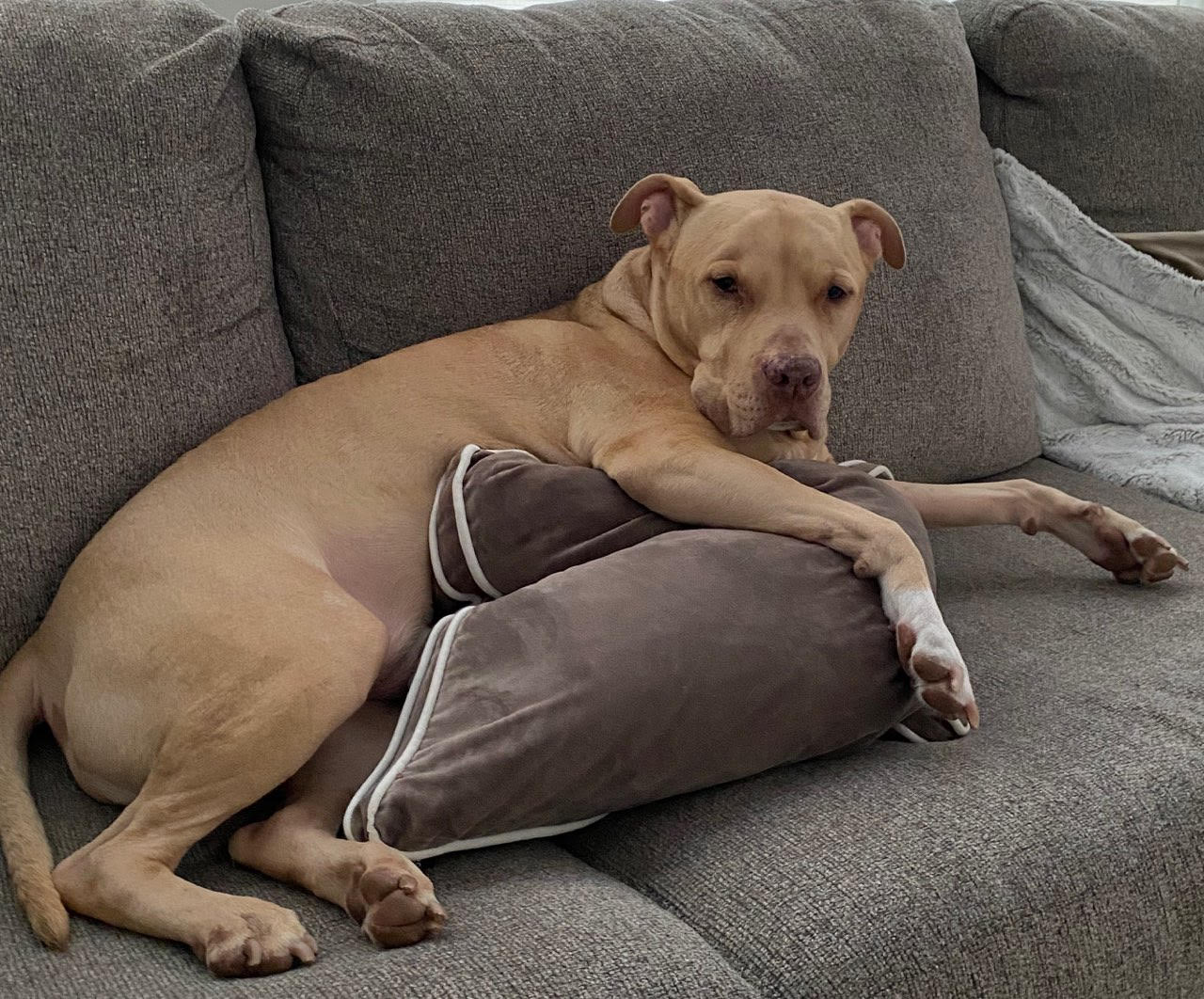
As of this writing, it’s been over 2 months since surgery and the patient is doing well.
Nino’s super dedicated owner concludes: “Thanks to you and your team, we have a second shot at life. This has been a nightmare since our first visit with our vet. I had never been so scared of something and so scared of trusting anyone. You and your team saved our dog’s life. There has been no greater moment in our lives.”
Phil Zeltzman, DVM, DACVS, CVJ, Fear Free Certified

Dr. Phil Zeltzman is a traveling veterinary surgeon in Pennsylvania & New Jersey. An award-winning author, he loves to share his adventures in practice along with information about vet medicine and surgery that can really help your pets. Dr. Zeltzman specializes in orthopedic, neurologic, cancer, and soft tissue surgeries for dogs, cats, and small exotics. By working with local family vets, he offers the best surgical care, safest anesthesia, and utmost pain management to all his patients. Sign up to get an email when he updates his blog, and follow him on Facebook, too!
Even dinosaurs got cancer!
We regularly talk about cancer in this blog.
And we’ve talked about one aggressive type that can affect dogs (and people) (and rarely cats): bone cancer, aka osteosarcoma.
For the first time ever, scientists just discovered that even dinosaurs got cancer!
The dinosaur in question is a Centrosaurus.
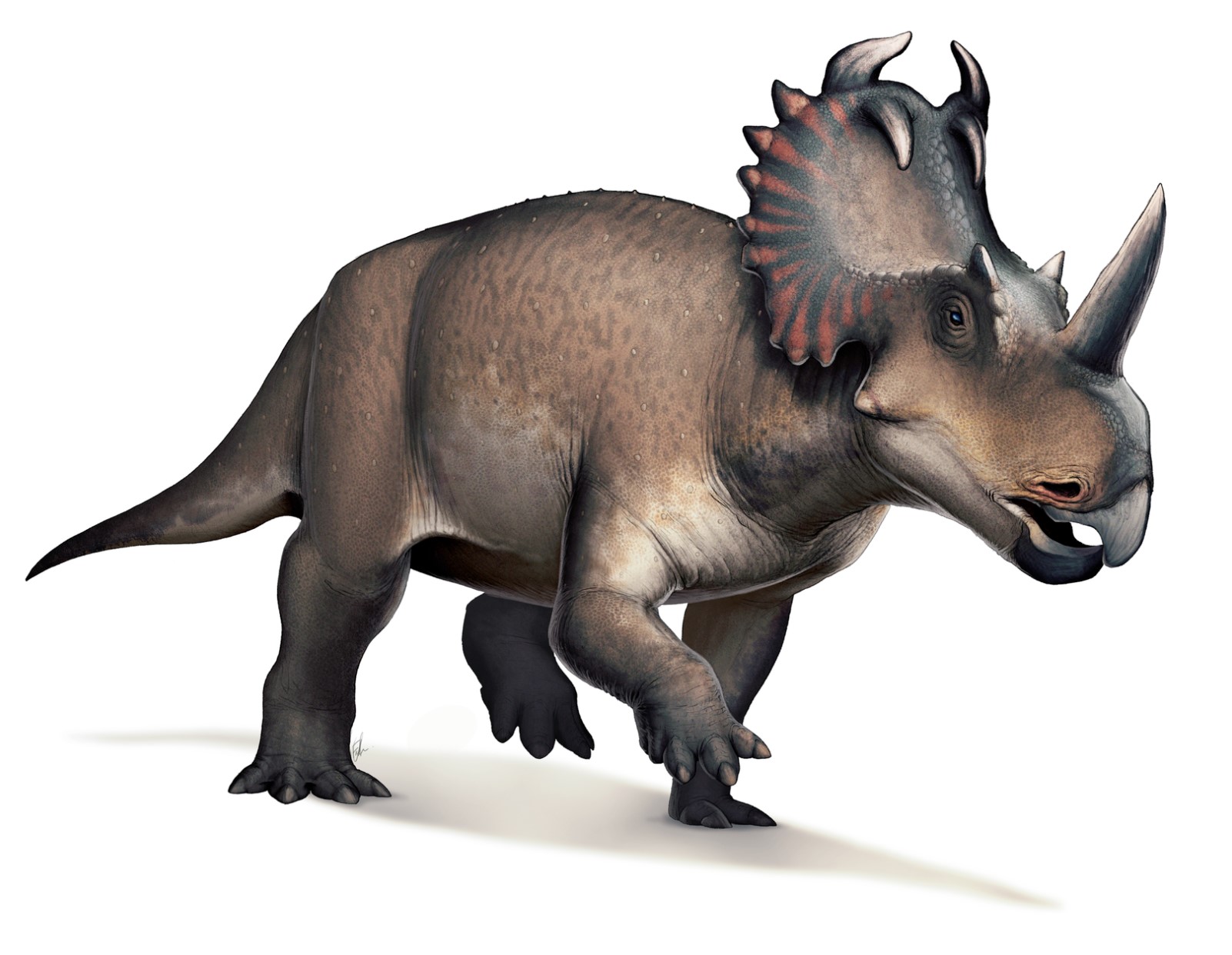
Centrosaurus was a lovely plant-eating “horned dinosaur” that stood 18 foot tall (almost 6 meters) around 76 million years ago.
Scientists from the Royal Tyrrell Museum of Paleontology (Alberta, Canada) discovered the bone with cancer in a pile of bones in Dinosaur Provincial Park in Alberta. The dinosaurs may have died in a flash flood.
The bone in question is a fibula, the small bone along the tibia or shin bone (and the sharp bone in a chicken leg or drumstick). The scientists confirmed the type of cancer via CT scans and under the microscope. The findings were published in the medical journal The Lancet.
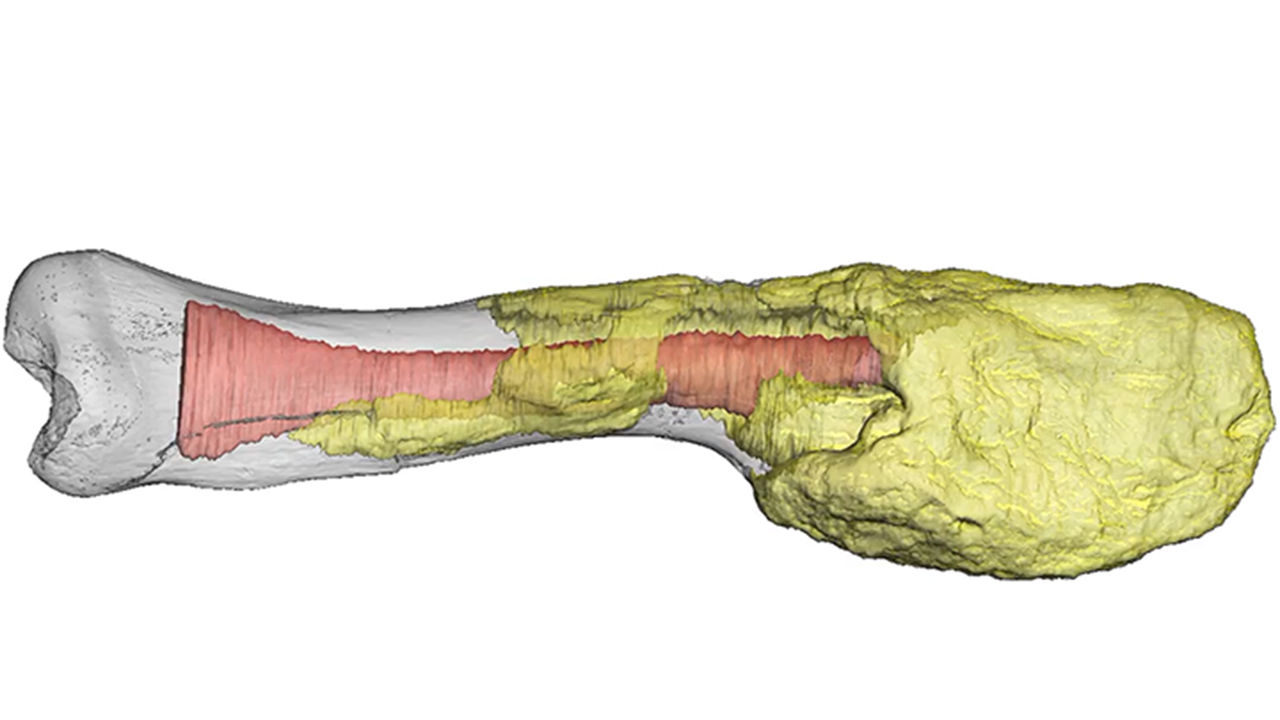
Why should we care? It’s very interesting from an evolution standpoint. It means that cancer existed when dinosaurs lived, well before mammals and reptiles became two different animals.
Royal Ontario Museum paleontologist David Evans told Smithsonian writer Riley Black: “Dinosaurs can seem like mythical creatures, but they were living, breathing animals that suffered through horrible injuries and diseases. This discovery certainly makes them more real and helps bring them to life.”
Phil Zeltzman, DVM, DACVS, CVJ, Fear Free Certified

Dr. Phil Zeltzman is a traveling veterinary surgeon in Pennsylvania & New Jersey. An award-winning author, he loves to share his adventures in practice along with information about vet medicine and surgery that can really help your pets. Dr. Zeltzman specializes in orthopedic, neurologic, cancer, and soft tissue surgeries for dogs, cats, and small exotics. By working with local family vets, he offers the best surgical care, safest anesthesia, and utmost pain management to all his patients. Sign up to get an email when he updates his blog, and follow him on Facebook, too!

